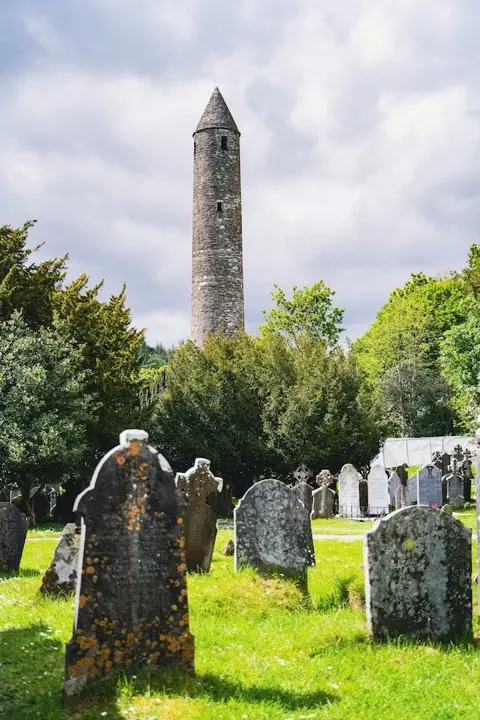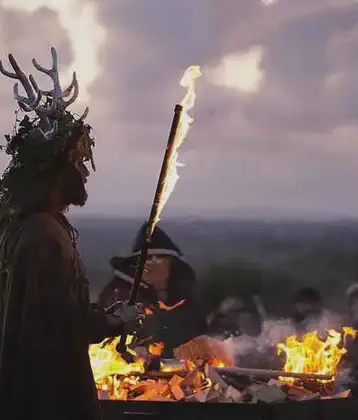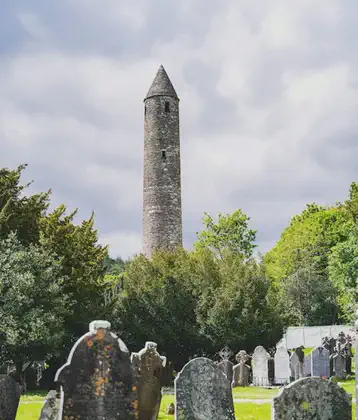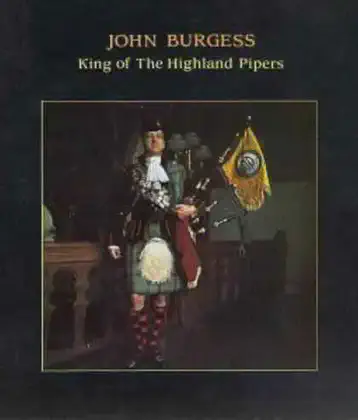On January 30 1649 in Celtic History
King charles i executed at whitehall

The execution of King Charles I of England was a pivotal moment in British history, marking the culmination of the conflict between the monarchy and Parliament. It occurred during a period of intense political and religious upheaval, known as the English Civil War.
Background
Charles I ascended to the throne in 1625. His reign was marked by tension and conflict with Parliament, stemming from issues like his methods of governance, religious policies, and financial practices. These conflicts eventually led to the outbreak of the English Civil War in 1642.
The English Civil War
The war was primarily a battle for political power between the Royalists (or Cavaliers), who supported the king, and the Parliamentarians (or Roundheads), who sought a more significant role in governing the country. The conflict also had a strong religious component, with differing views on the role of the Church of England and other religious freedoms.
Capture and Trial of Charles I
After a series of military defeats, Charles I was captured by Parliamentarian forces. He was put on trial for treason against Parliament and high crimes against the realm. The trial was unprecedented, as a reigning monarch had never before been tried by his subjects.
Verdict and Sentence
The trial, which many considered controversial and politically motivated, ended with Charles being found guilty. He was sentenced to death by beheading, a sentence that shocked many across Europe, where monarchy was the norm and often considered divinely ordained.
Execution
King Charles I was executed on January 30, 1649. The execution took place outside the Banqueting House of the Palace of Whitehall in London. Eyewitness accounts describe Charles as meeting his death with dignity and calm.
Aftermath and Significance
The execution of Charles I led to the abolition of the monarchy in England and the establishment of the Commonwealth of England, under the leadership of Oliver Cromwell. This period, known as the Interregnum, lasted until 1660, when the monarchy was restored with Charles II, King Charles I’s son, ascending to the throne.
Legacy
The execution of Charles I was a watershed in British history. It challenged the previously unassailable position of the monarchy, altered the relationship between the monarchy and Parliament, and contributed to the development of political theories about the rights and sovereignty of the people.
Charles I’s execution remains a subject of historical debate and analysis, with opinions varying on whether it was a necessary act for democracy and parliamentary sovereignty or a regicidal blunder that plunged the country into dictatorship under Cromwell.
Related Content

Shane Patrick Lysaght MacGowan, lead singer of the Pogues, died
Shane Patrick Lysaght MacGowan is an Irish-English musician and songwriter, best known as the lead singer and songwriter of the punk band The Pogues.
Read More
St Machar Day, patron saint of Aberdeen
Saint Machar is the Diocesan Patron Saint of Aberdeen; the Feast Day being observed on 12th November.
Read More
Oíche Shamhna - Cetlic New Year Eve (Halloween)
In Scotland and Ireland, Halloween is known as Oíche Shamhna, while in Wales it is Nos Calan Gaeaf, the eve of the winters calend, or first. With the rise of Christianity, Samhain...
Read More
ALBAN ELFED (Welsh Bardic name for autumn equinox)
Alban Elued, The Light of the Water, the first day of Autumn, was also called Harvesthome. Observed on September 21, the Autumnal Equinox was the day when the sun again began to...
Read More
Feast day of St. James
Guinness St. James Gate Since mediaeval times, Dubliners held an annual drinking festival in the Saint’s honor. Fittingly, Guinness chose St. James’ Gate as the site for their...
Read More
John Davie Burgess, King of the Highland Pipers, died at age 71.
John Burgess died on June 29, 2005 at the age of 71.
Read More
No location specified

No location specified

No location specified

No location specified

No location specified

No location specified

No location specified

No location specified